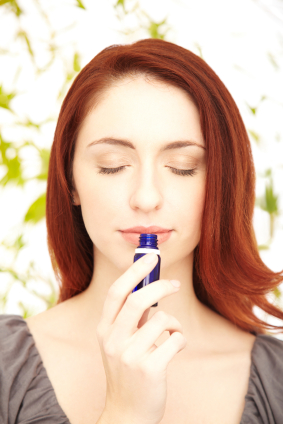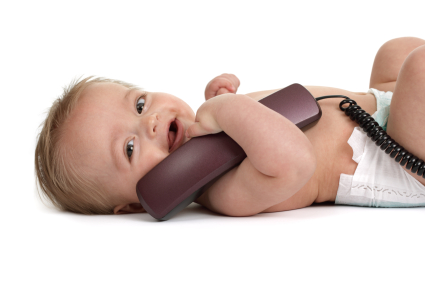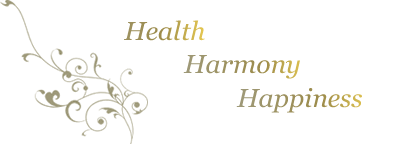Aromatherapy
Use the quick links below to jump to your area of interest within the FAQs.
Aromatic Kinesiology | Bowen Therapy | Bush Flower Essences | Ear Candling | Tissue Salts | Reiki Healing
 How long has aromatherapy successfully been used?
How long has aromatherapy successfully been used?
Aromatherapy has been used for over 4 thousands years.
What are essential oils?
Essential oils are made from the flowers, leaves, seeds, wood and fruit of plants, usually using the distillation process. They are highly concentrated, volatile and flammable, so it’s vital to store them correctly. For therapeutic use, only 100% pure essential oils from a reputable company should be used.
What are the methods of applying essential oils?
- Vaporization – When an essential oil is vaporized, the molecules within the vapour are inhaled; the active compounds are thought to enter the body (by absorption through the lungs or olfactory mucosa), and are delivered to the brain via the bloodstream and the olfactory system, where they elicit an emotional or metabolic response. The use of essential oils via inhalation using a vaporizer (either electric or a candle burner) is very popular. Drops of oil on a pillow, tissue or swab are also effective. Citrus oils can stimulate in the morning while lavender can relax at night.
- Dermal Application – When essential oils are applied to the skin in a massage blend, the molecules are transported through the dermal layers to the capillaries and the interstitial fluids, and then distributed throughout the body, including the brain. They interact with the body’s enzymes to have the appropriate effect on the body, mind and emotions; depending on the individual oils chemical constituents.
- Massage – Massage is the most common use of essential oils, where essential oils are diluted in a carrier oil or cream. Combining this with the therapeutic power of touch is very effective. The essential oils are absorbed into the bloodstream where they have an effect on the biochemistry and systems of the body, as well as relaxing and changing the mood of the recipient through inhalation. It doesn’t have to be a full body massage – hand, foot or back massage is just as effective.
Essential oils can also be used as a compress, a steam inhalation, or added to a bath (or foot bath) for a full, relaxing experience. Room sprays or spritzers are also an effective way of deodorizing or creating a particular atmosphere in a room.
Can I use fragrant oils?
In Aromatherapy, only 100% pure essential oils, from a reputable company should be used for therapeutic use.
What can essential oils be used for?
These plant medicines can assist in the treatment of many physical and emotional conditions, such as stress related conditions, depression, immune disorders and hormone imbalances.
Are there any contra indications when using aromatherapy?
As essential oils have an effect on the biochemistry and physiology of the body, it is advisable to consult a trained aroma-therapist if you have any acute or chronic condition before using therapeutic grade essential oils.
Can aromatherapy be used on babies?
Essential oils should not be used on infants under 12 months, unless on the advice of a qualified aroma-therapist. Aromatherapy used in low dilutions can be used to help relieve many common childhood conditions.
What is Subtle Aromatherapy?
Subtle Aromatherapy is a vibrational therapy. It refers to the use of essential oils in a non-physical way, having an effect on the subtle body, the psyche and the spirit, by drawing on the vibrational qualities of the oils rather than their physical properties.
The therapist does not touch the body when using Subtle Aromatherapy, however some subtle methods may be incorporated in a hands-on treatment or Reiki healing session. The vibrational properties of essential oils can be used to balance the chakras, cleanse the auric field in an aura massage, in absent healing, meditation, ritual etc.


 Follow
Follow


